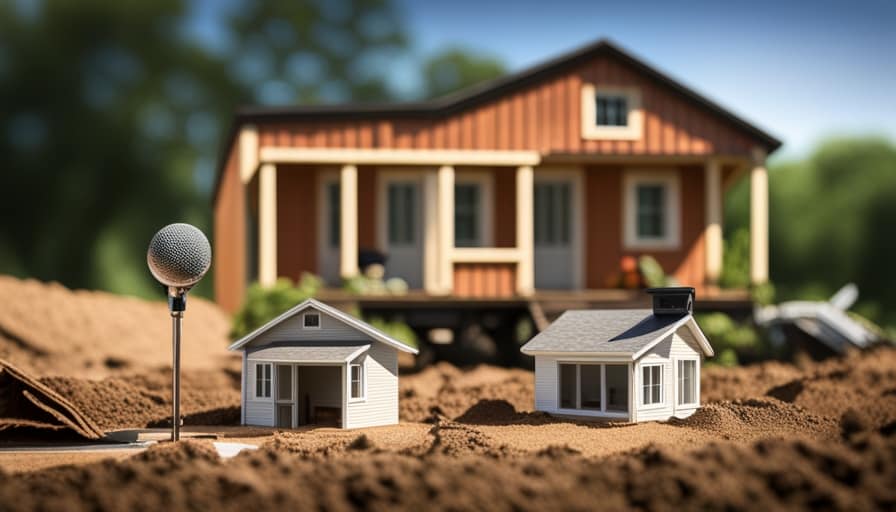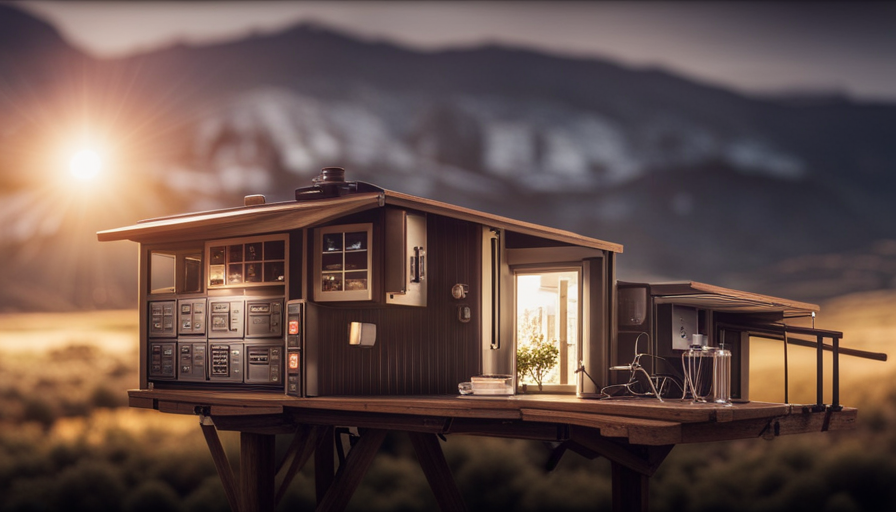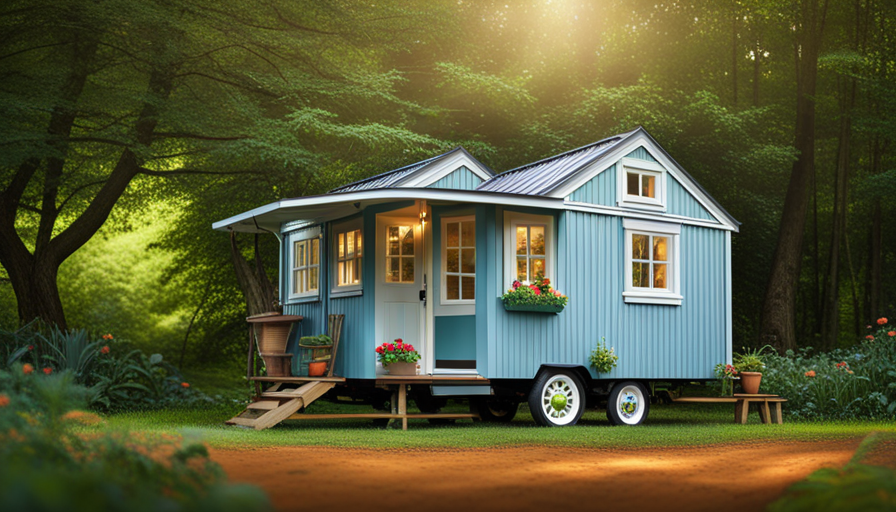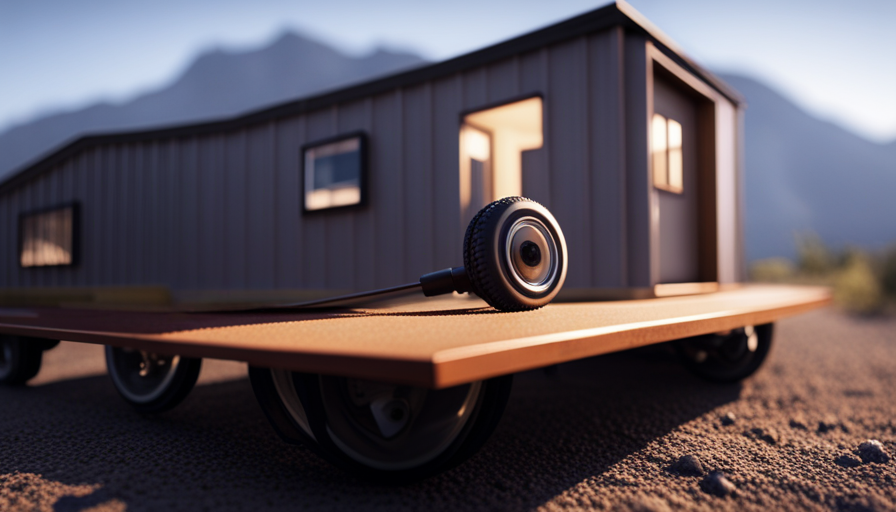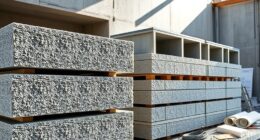Picture yourself entering your snug tiny home, meticulously designed with every inch of space in mind. Join me on a journey into the realm of tiny house living as we delve into a crucial component: the closet.
How deep should a tiny house closet be? In this article, I’ll share my expertise and provide valuable insights on determining the perfect closet depth for efficient storage.
With creative solutions and expert tips, you’ll be able to maximize your closet space and create the organized oasis you’ve always dreamed of.
Key Takeaways
- Closet depth is crucial for organization and space-saving in a tiny house.
- The right balance between depth and space is vital for maximizing storage capacity.
- Factors such as available space and clothing storage requirements should be considered when determining closet depth.
- The ideal closet depth for efficient storage in a tiny house is generally around 24 to 30 inches.
The Importance of Closet Depth in a Tiny House
I always find the closet depth to be crucial in my tiny house. When it comes to closet organization and space saving solutions, having the right depth is essential.
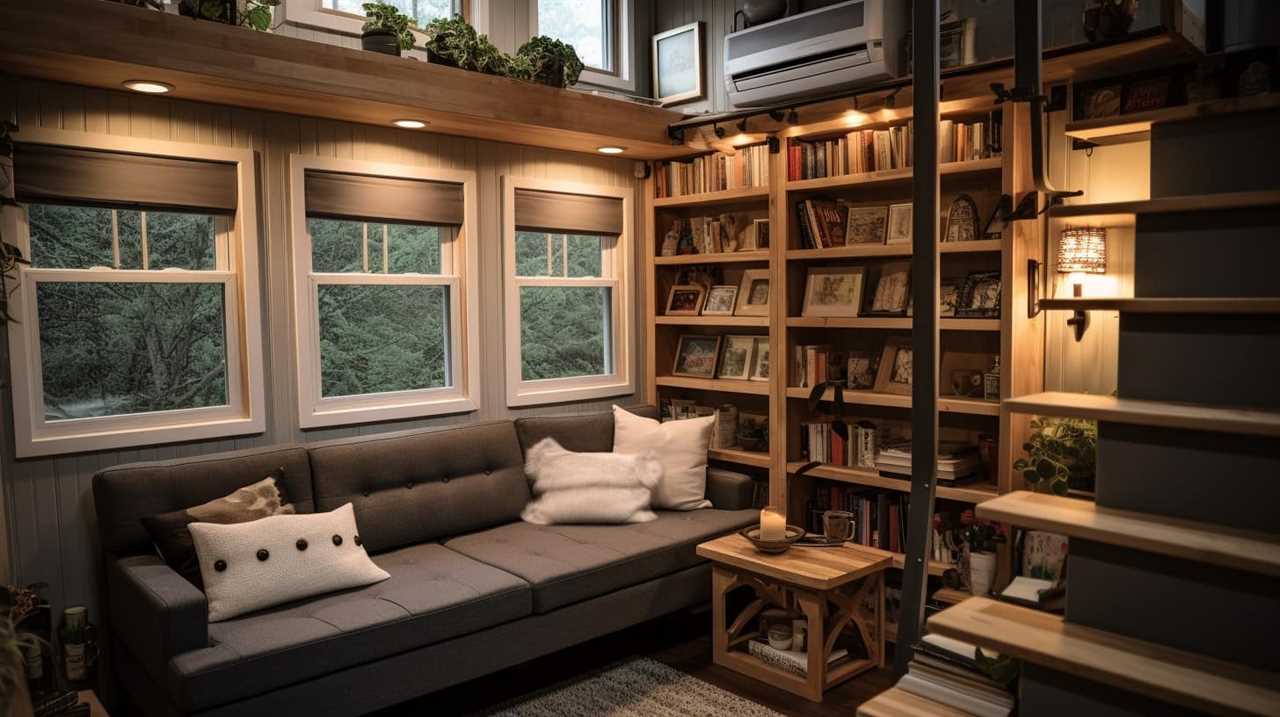
In a small living space, every inch matters, and maximizing storage capacity is key. A shallow closet depth can limit your options and make it difficult to keep your belongings organized. On the other hand, a closet that’s too deep can waste valuable space and make it challenging to access your items efficiently.
Therefore, finding the perfect balance is vital. In the next section, we’ll discuss the factors to consider when determining closet depth for tiny houses, which will help you make an informed decision for your own space.
Factors to Consider When Determining Closet Depth for Tiny Houses
When determining closet depth for tiny houses, it’s important to consider a few factors to ensure maximum functionality and efficiency. Here are three factors to consider when determining the closet depth for your tiny house:
-
Available space: Take into account the overall square footage of your tiny house and allocate the appropriate amount of space for your closet. Consider other storage needs and prioritize accordingly.
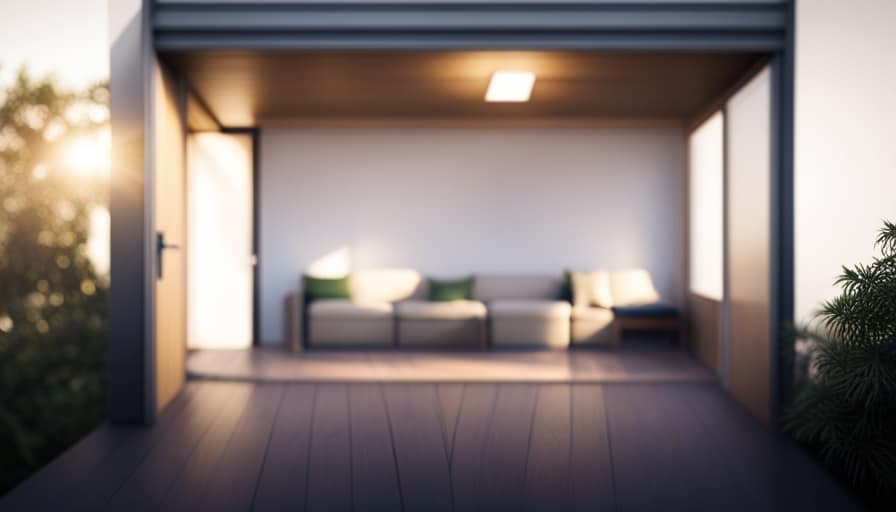
-
Clothing storage requirements: Assess your clothing collection and determine how much space you need for hanging clothes, folded items, and accessories. This will help you determine the depth needed for your closet to accommodate all your clothing storage needs.
-
Space-saving solutions: Look for innovative storage solutions that can maximize the use of your closet space. Consider using hanging organizers, shelves, and adjustable rods to make the most of the available space.
Considering these factors will help you determine the optimal closet depth for your tiny house, ensuring efficient storage solutions.
Recommended Closet Depth for Efficient Storage in Tiny Houses
To ensure efficient storage in tiny houses, a recommended closet depth is determined based on available space and storage needs. The ideal measurements for a tiny house closet can vary depending on the layout and design of the space, but generally, a depth of around 24 to 30 inches is recommended. This allows for enough space to hang clothes and store folded items without taking up too much precious square footage. Additionally, incorporating space-saving closet organization ideas can maximize the functionality of the closet. Utilizing vertical space with shelves or hanging organizers, using slim hangers, and installing hooks or racks on the closet doors can help optimize storage in a tiny house closet. By carefully considering the dimensions and implementing smart storage solutions, a tiny house closet can provide efficient storage while still maintaining a compact footprint.

| Dimensions (inches) | Hanging Space | Shelves | Drawers |
|---|---|---|---|
| Recommended Range | 24-30 | 2-3 | 1-2 |
Creative Solutions for Maximizing Closet Depth in Tiny Houses
Maximizing closet depth in tiny houses requires thinking outside the box and exploring innovative storage solutions. When space is limited, it’s important to make the most of every inch. Here are three creative solutions for maximizing storage in tiny house closets:
-
Utilize vertical space: Install hanging rods that extend from floor to ceiling to make use of the entire height of the closet. This allows for multiple levels of hanging clothes or the addition of shelving units above the rods.
-
Install adjustable shelves: Use adjustable shelves that can be moved up or down as needed. This allows for customization based on the size and type of items being stored, ensuring efficient use of the available space.
-
Use slim hangers: Opt for slim hangers that take up less space and allow for more items to be hung in the closet. This can significantly increase the overall storage capacity.
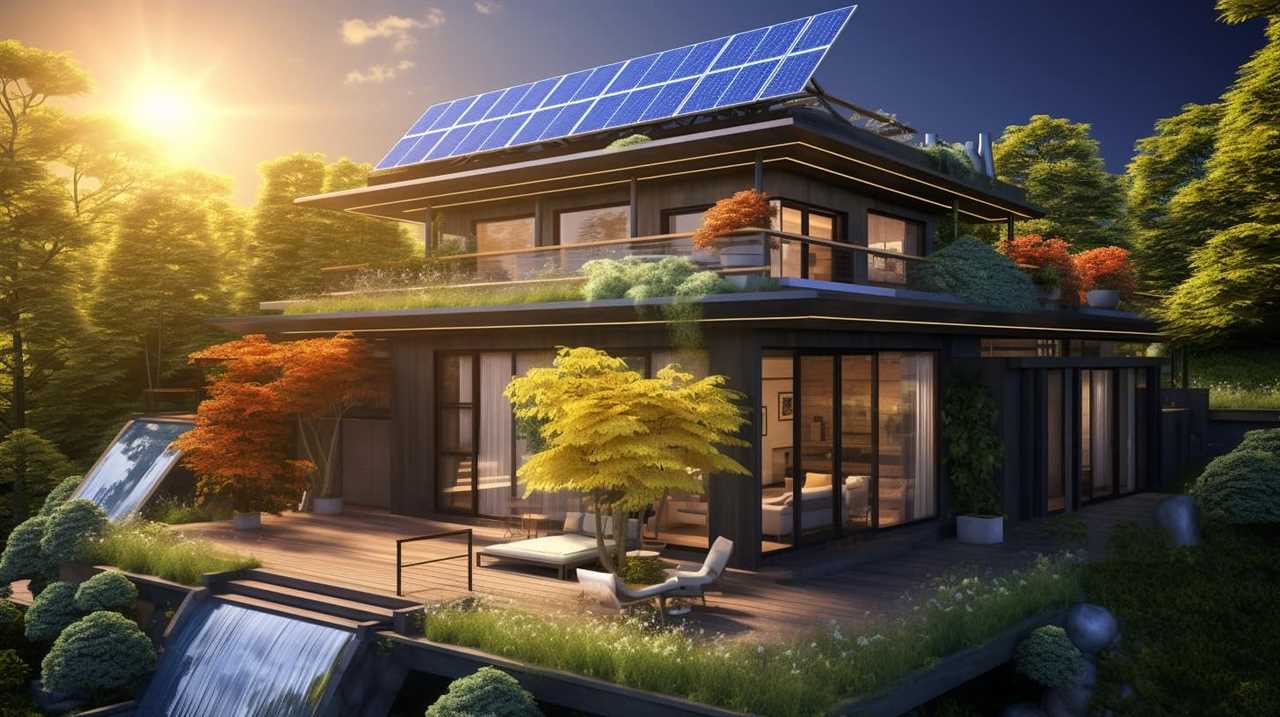
Expert Tips for Designing the Perfect Tiny House Closet
I’ve gathered some expert tips that can help you design the perfect tiny house closet. When it comes to organizing a tiny house closet, maximizing every inch of space is crucial. Here are some tips to help you make the most of your small closet:
| Tips for organizing a tiny house closet | Common mistakes to avoid when designing a tiny house closet |
|---|---|
| Utilize vertical space with shelves | Neglecting to measure the available space accurately |
| Use hanging organizers for accessories | Overcrowding the closet with unnecessary items |
| Install hooks and rods for additional storage | Ignoring the need for proper lighting in the closet |
| Sort and categorize items for easy access | Failing to consider the type and size of clothing |
| Make use of under-bed storage | Neglecting to incorporate adjustable shelving |
Frequently Asked Questions
What Are Some Alternative Storage Solutions for Tiny Houses Without a Traditional Closet?
Alternative storage solutions for tiny houses without a traditional closet include maximizing vertical space by using wall-mounted shelves, hanging organizers, and under-bed storage bins. These options allow for efficient use of limited space.
How Can I Make the Most Out of a Limited Closet Space in a Tiny House?
To maximize vertical space in a tiny house closet, I suggest using adjustable shelving and hanging organizers. Additionally, utilizing under bed storage can be a great way to store items that don’t fit in the limited closet space.
Are There Any Specific Measurements or Guidelines to Follow When Designing a Closet for a Tiny House?
When designing a closet for a tiny house, it’s important to prioritize storage space organization and maximizing vertical storage. Specific measurements and guidelines can help ensure efficient use of limited space.

What Are the Advantages of Having a Deep Closet in a Tiny House?
Having a deep closet in a tiny house offers several advantages. It allows for better organization and storage of clothing and other items, maximizing the limited closet space available.
Are There Any Specific Items or Clothing Pieces That Are Not Recommended to Be Stored in a Tiny House Closet?
Some items, like bulky winter coats or large suitcases, may not be ideal for storing in a tiny house closet. Maximizing storage in a small space requires careful consideration of what to keep.
Conclusion
In conclusion, when designing a tiny house closet, it’s crucial to consider the depth to ensure efficient storage.
According to a survey conducted among tiny house owners, it was found that the recommended closet depth for optimal organization and functionality is between 24 and 30 inches.
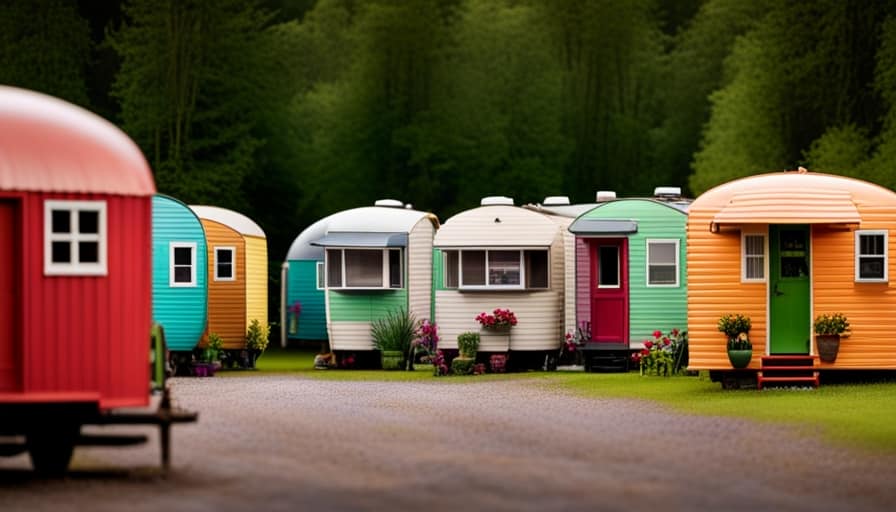
By maximizing closet depth through creative solutions such as using vertical space and utilizing adjustable shelving, tiny house dwellers can make the most out of their limited storage area.
I’m Theodore, and I love tiny houses. In fact, I’m the author of Tiny House 43, a book about tiny houses that are also tree houses. I think they’re magical places where imaginations can run wild and adventures are just waiting to happen.
While tree houses are often associated with childhood, they can be the perfect adult retreat. They offer a cozy space to relax and unwind, surrounded by nature. And since they’re typically built on stilts or raised platforms, they offer stunning views that traditional homes simply can’t match.
If you’re looking for a unique and romantic getaway, a tree house tiny house might just be the perfect option.
